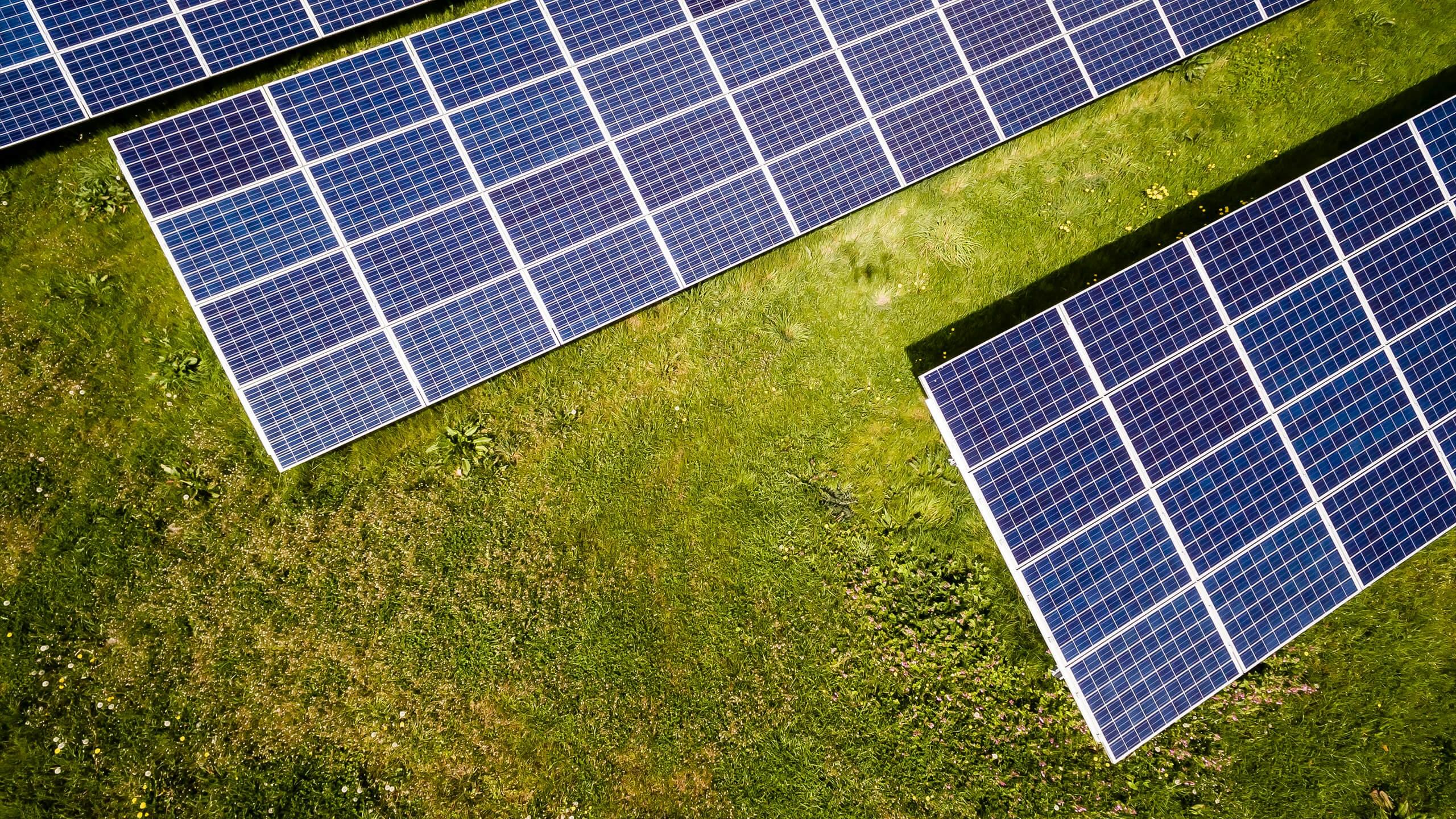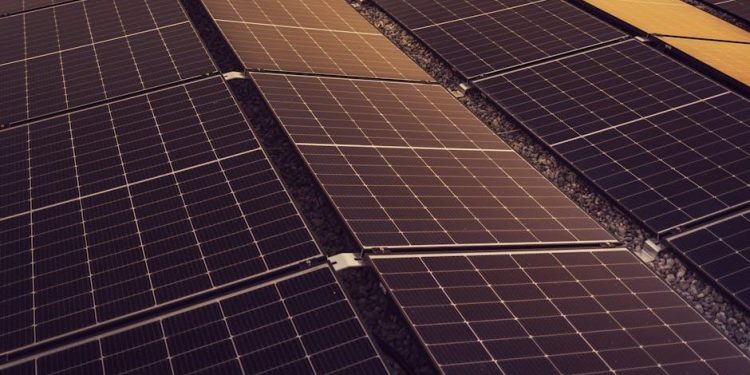In an age where the sun is increasingly seen as a savior in the battle against climate change, the gleaming panels dotting rooftops and sprawling across fields tell a story of hope and innovation. Solar energy, once a mere glimmer in the eyes of environmental visionaries, has surged to the forefront of global renewable energy solutions, hailed for its potential to reduce our reliance on fossil fuels. Yet, beneath the dazzling promise of clean energy lies a shadowy conundrum often overlooked in the rush toward a sustainable future: the environmental cost of solar production. As the world embraces the solar revolution, are we inadvertently sidestepping the complex ecological footprint it leaves behind? This article delves into the intricate dance between progress and preservation, examining whether our current enthusiasm for solar power blinds us to the hidden environmental tolls of its production. Join us as we navigate the nuanced landscape of solar energy, questioning whether the path to a greener planet is as clear-cut as it seems.
Environmental Oversight in Solar Panel Manufacturing
In the rapidly expanding field of solar energy, the focus has largely been on the benefits of clean, renewable power. However, the environmental implications of solar panel production often remain under-discussed. The manufacturing process involves a variety of chemical treatments and materials that can pose significant ecological challenges. Silicon wafers, a key component in most solar panels, require high energy inputs and the use of toxic chemicals during production. Furthermore, the mining of raw materials like quartz and rare earth elements can lead to habitat destruction and pollution.
To mitigate these impacts, it is essential for manufacturers to adopt more sustainable practices. This could include:
- Implementing closed-loop recycling systems to minimize waste and reuse materials.
- Utilizing less toxic alternatives in chemical treatments.
- Investing in renewable energy sources to power manufacturing plants.
These strategies not only address environmental concerns but also offer long-term economic benefits through resource efficiency and brand enhancement. As consumers and policymakers become more environmentally conscious, the solar industry must evolve to ensure that the production of green energy does not inadvertently harm the planet.

Balancing Renewable Growth with Ecological Impact
As the world races to harness solar energy, the conversation often centers around the immediate environmental benefits—like reduced carbon emissions and decreased reliance on fossil fuels. However, there’s a less visible aspect that warrants attention: the ecological footprint of solar panel production. Solar energy is often hailed as a panacea for climate change, but the manufacturing process can have significant environmental repercussions. From the mining of raw materials to the disposal of old panels, each stage involves environmental trade-offs that are frequently overlooked.
- Resource Extraction: The production of solar panels requires rare minerals such as silicon, cadmium, and tellurium, whose extraction can lead to habitat destruction and water pollution.
- Manufacturing Emissions: The energy-intensive process of manufacturing solar panels can generate substantial greenhouse gases if not managed with sustainable practices.
- Waste Management: The disposal of decommissioned solar panels poses another challenge, as many contain hazardous materials that require careful handling.
Striking a balance between expanding renewable energy and mitigating its ecological impact involves adopting sustainable production methods and investing in recycling technologies. Only by addressing these hidden costs can the true potential of solar energy be realized without inadvertently causing harm to the planet.

Unveiling the Hidden Carbon Footprint of Solar Technology
As the world shifts towards renewable energy, the allure of solar technology is undeniable. However, the environmental cost associated with its production often remains under the radar. While solar panels themselves offer a clean energy solution, the journey from raw materials to installation is not devoid of carbon emissions. The process involves energy-intensive manufacturing, often reliant on fossil fuels, and the extraction of rare minerals, which raises questions about sustainability. As we champion solar as a beacon of hope in the climate crisis, it’s crucial to evaluate these hidden costs.
- Material Extraction: Mining for silicon, silver, and other materials impacts ecosystems.
- Manufacturing: High energy consumption, often powered by non-renewable sources.
- Transportation: Shipping components across continents adds to emissions.
- End-of-Life Disposal: Limited recycling options for decommissioned panels.
Addressing these challenges requires innovation and transparency, ensuring that the transition to solar is truly sustainable. By considering the full lifecycle of solar products, we can better align with environmental goals.

Strategic Solutions for Sustainable Solar Advancement
As the world embraces solar energy as a cornerstone of sustainable power, the conversation often overlooks the environmental costs associated with solar panel production. While solar panels promise a future of clean energy, their production processes remain heavily reliant on finite resources and energy-intensive methods. This paradox presents a unique challenge: how do we harness solar energy’s potential while minimizing its ecological footprint? Innovative strategies are essential to address this conundrum.
- Resource Optimization: Developing new technologies to reduce the use of rare and hazardous materials in solar panels can significantly decrease their environmental impact. Research into alternative materials, such as perovskite, offers promising avenues for more sustainable production.
- Recycling and Reuse: Implementing robust recycling programs to reclaim valuable materials from decommissioned panels can help close the loop on solar production. Encouraging manufacturers to design panels with end-of-life disassembly in mind will also play a crucial role.
- Energy-Efficient Manufacturing: Transitioning to renewable energy sources within the solar manufacturing industry itself can lower carbon emissions and set a precedent for clean production processes.
By focusing on these strategic solutions, we can ensure that the advancement of solar technology aligns with the principles of sustainability, offering a cleaner, greener path forward without compromising the planet’s health.
The Way Forward
As the sun sets on our exploration of solar energy’s environmental costs, it’s clear that the dialogue surrounding this renewable powerhouse is far from over. While solar panels continue to gleam with promise on rooftops and in fields worldwide, the shadows of production impacts beckon us to consider a more holistic approach. Balancing innovation with sustainability, and progress with responsibility, is no small feat. Yet, in acknowledging both the light and the shadows of solar energy, we pave the way for a future where our pursuit of green energy is as sustainable as it is ambitious. As we move forward, may our quest for a cleaner planet remain steadfast, guided by the lessons of today and the hopes of tomorrow.

































